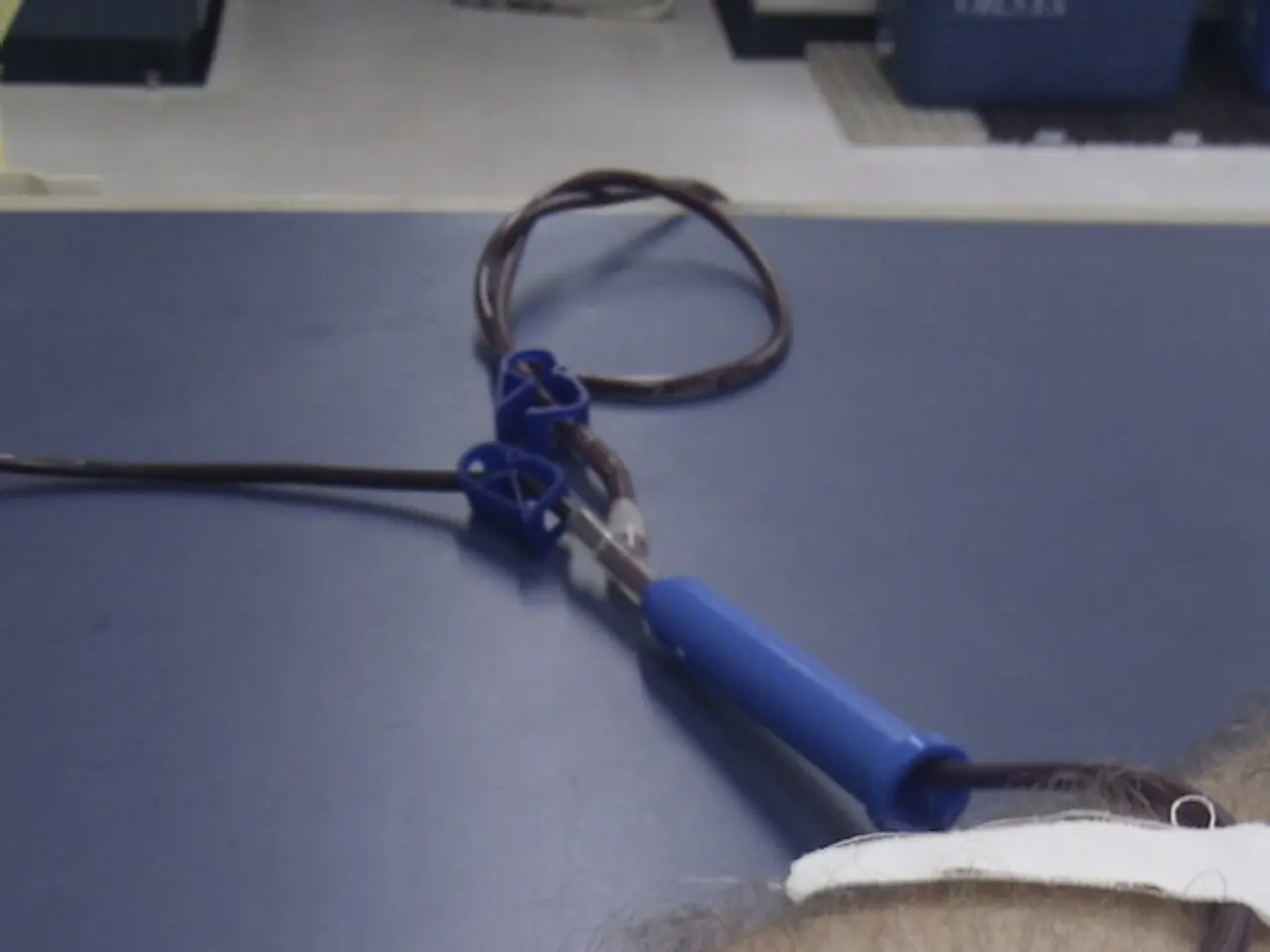Varicoceles: A Major Cause of Male Infertility and Testicular Pain
Varicoceles, an abnormal dilation of the pampiniform plexus, are a significant cause of male infertility and testicular pain. The first link between varicoceles and infertility was established by German urologist Wilhelm Selheim in the early 20th century.
Varicoceles occur due to retrograde blood flow or impaired drainage in the testicular or internal spermatic vein. This condition affects the pampiniform plexus, a network of small veins within the male spermatic cord. The plexus plays a crucial role in regulating testicular temperature by cooling blood from the abdominal arterial temperature to the testicular temperature.
The plexus begins in the scrotum with veins from the mediastinum testis and ascends along the spermatic cord. Its anterior section forms the internal spermatic vein, which traverses the inguinal canal and ascends into the retroperitoneum. The plexus veins have a complex muscle structure that propels blood flow against gravity towards the left renal vein.
Varicoceles are the most common, treatable cause of male infertility. Understanding the role of the pampiniform plexus in this condition is vital for effective diagnosis and treatment. Further research is ongoing to improve fertility outcomes for men with varicoceles.
Read also:
- Willich's Senior Citizens Prepare for Council Elections, City Celebrates International Day of Older Persons
- Indigenous-Managed Forests Key to Fighting Amazon Fires and Saving Lives
- Chronic Stress: Holistic Management for Physical and Mental Health
- Pre-Hispanic Colombian Faces Revealed: Digital Reconstruction Unmasks Mummies





